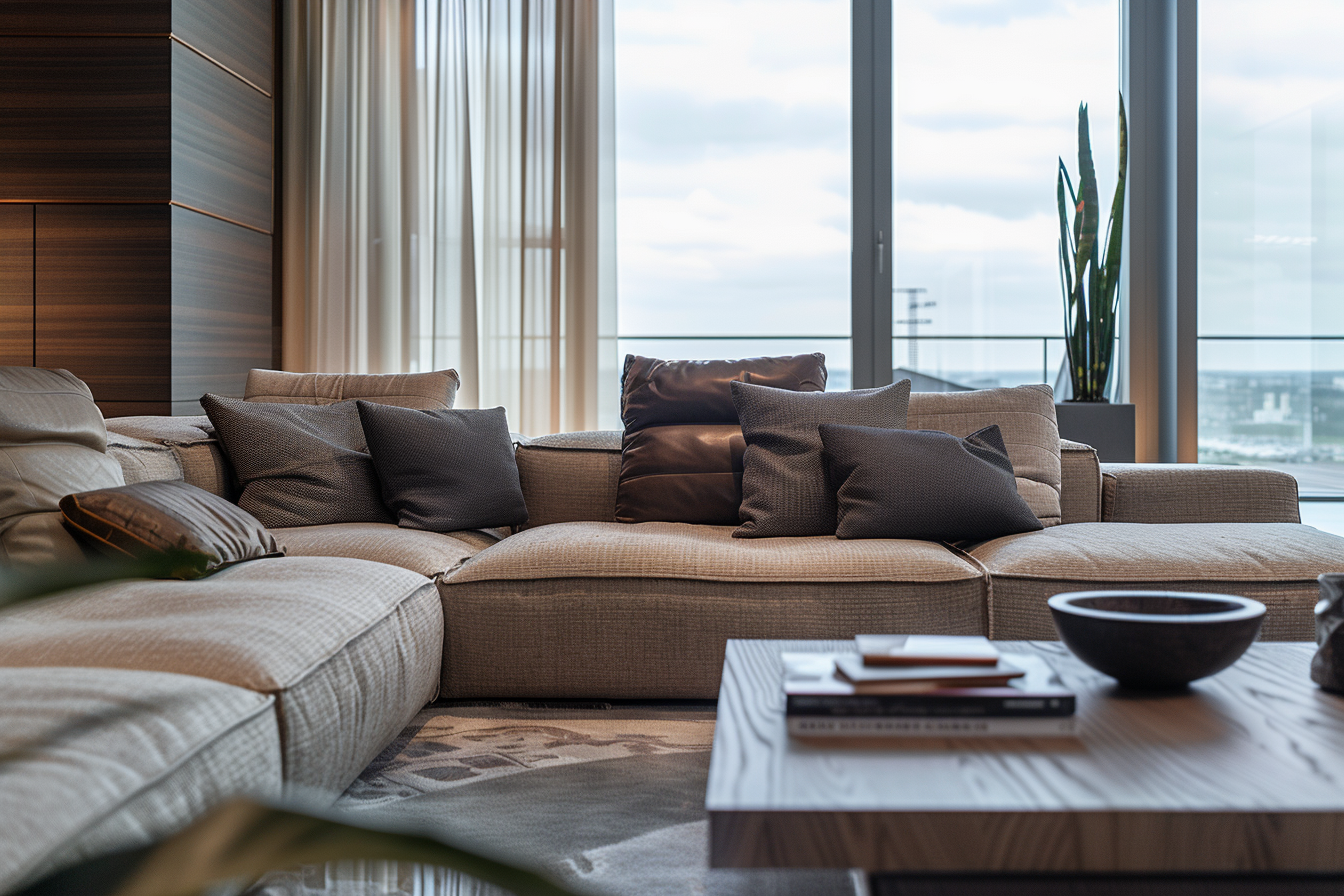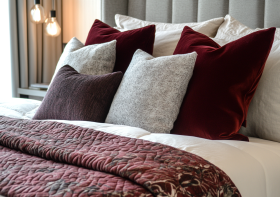Creating Healthy, Harmonious Living Spaces
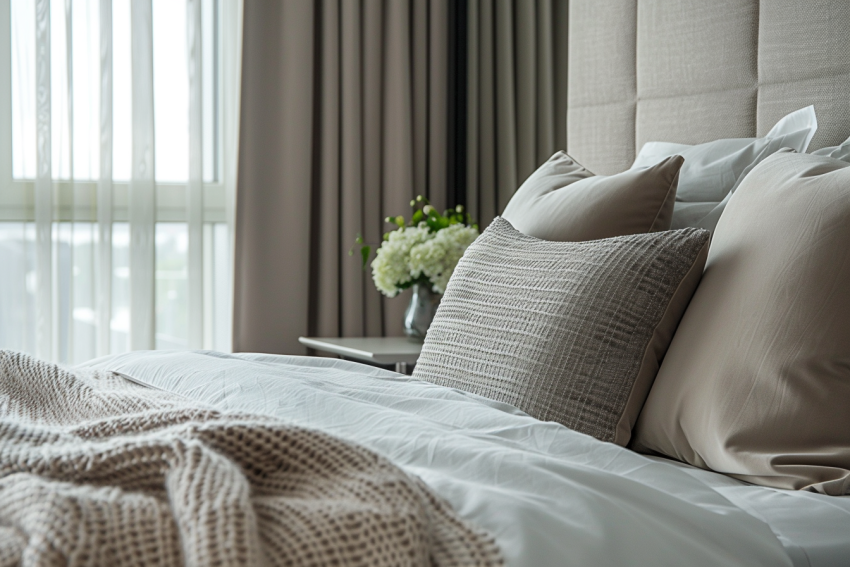
In today’s fast-paced world, our homes have become more than just places to rest or eat—they are sanctuaries where we can escape, rejuvenate, and nurture our mental and physical health. The concept of designing for wellness emphasizes creating environments that enhance well-being, incorporating elements that help reduce stress, improve air quality, and promote a healthy lifestyle. Here are some key tips to help you design a space that fosters wellness.
Prioritize Natural Light
Ample natural light can dramatically improve mood, increase productivity, and regulate natural circadian rhythms, which in turn enhances sleep quality. Design spaces with large windows, use sheer draperies, or strategically place mirrors to amplify natural light. Consider skylights or solar tubes to brighten central rooms where exterior windows aren’t an option.
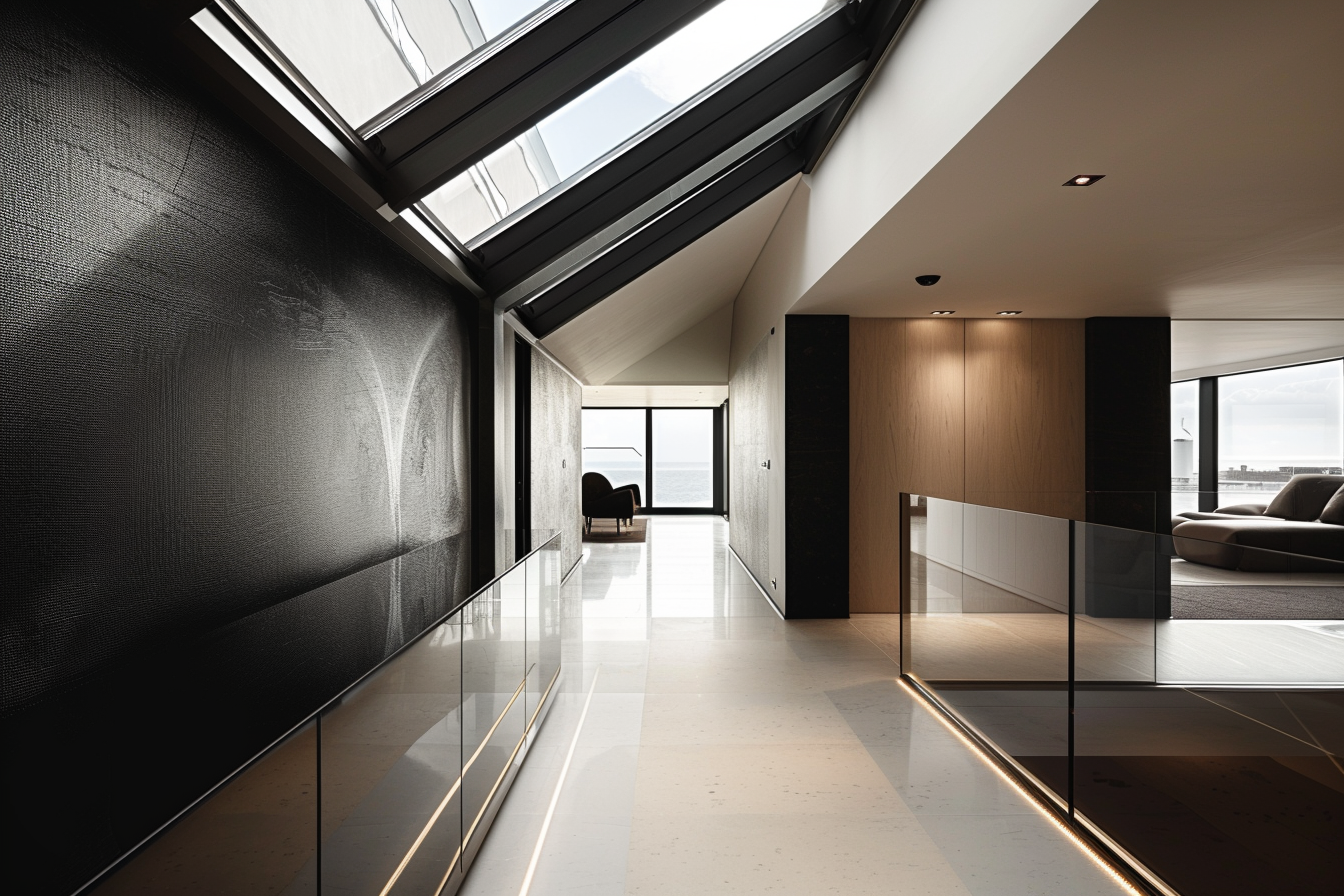
Incorporate Non-Toxic Materials
The materials we surround ourselves with can significantly impact indoor air quality and, consequently, our health. Opt for low-VOC (volatile organic compounds) paints, which contain fewer chemicals and toxins than traditional paints. Choose flooring and furniture made from natural materials like solid wood, bamboo, or cork over synthetic alternatives that can off-gas harmful chemicals. Additionally, natural fiber rugs made from wool or cotton are healthier alternatives to synthetic fibers and add warmth and comfort to your space.
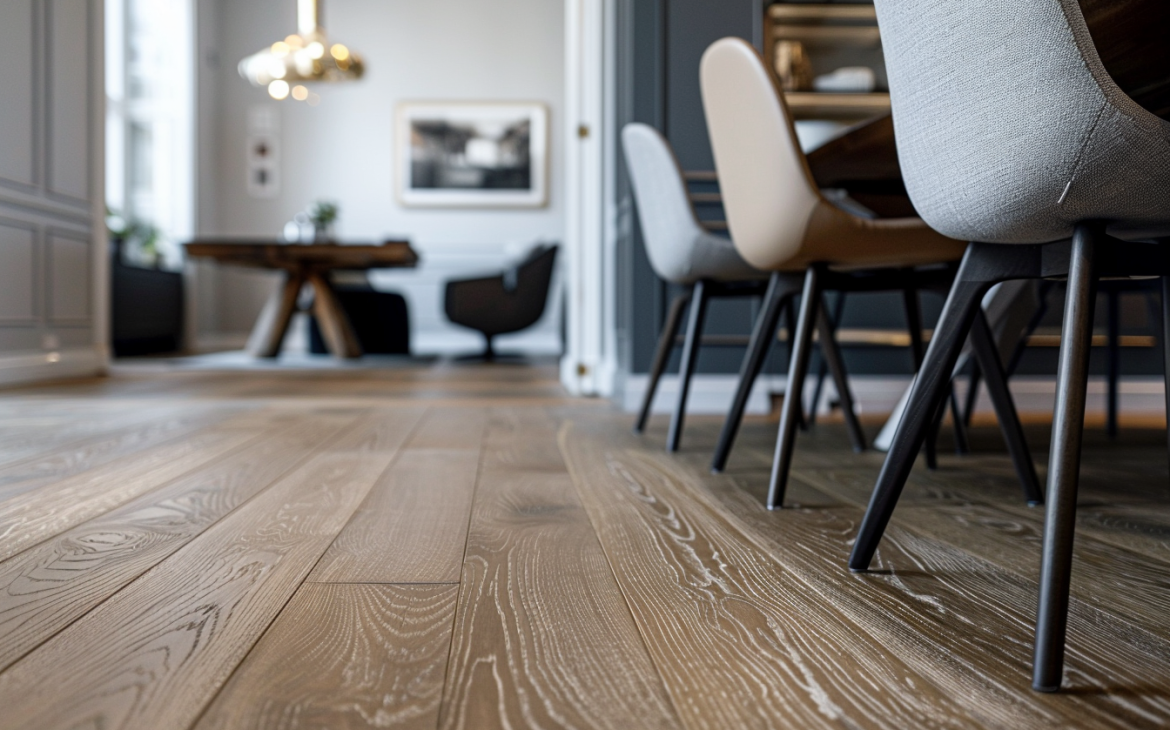
Invest in Ergonomic Furniture
Ergonomic furniture is designed to support the body and prevent the discomfort that comes from prolonged sitting or standing. Invest in quality ergonomic office chairs, adjustable desks, and even lounge furniture that offers good support. These pieces can help prevent the development of back and neck pain, enhancing long-term physical health.
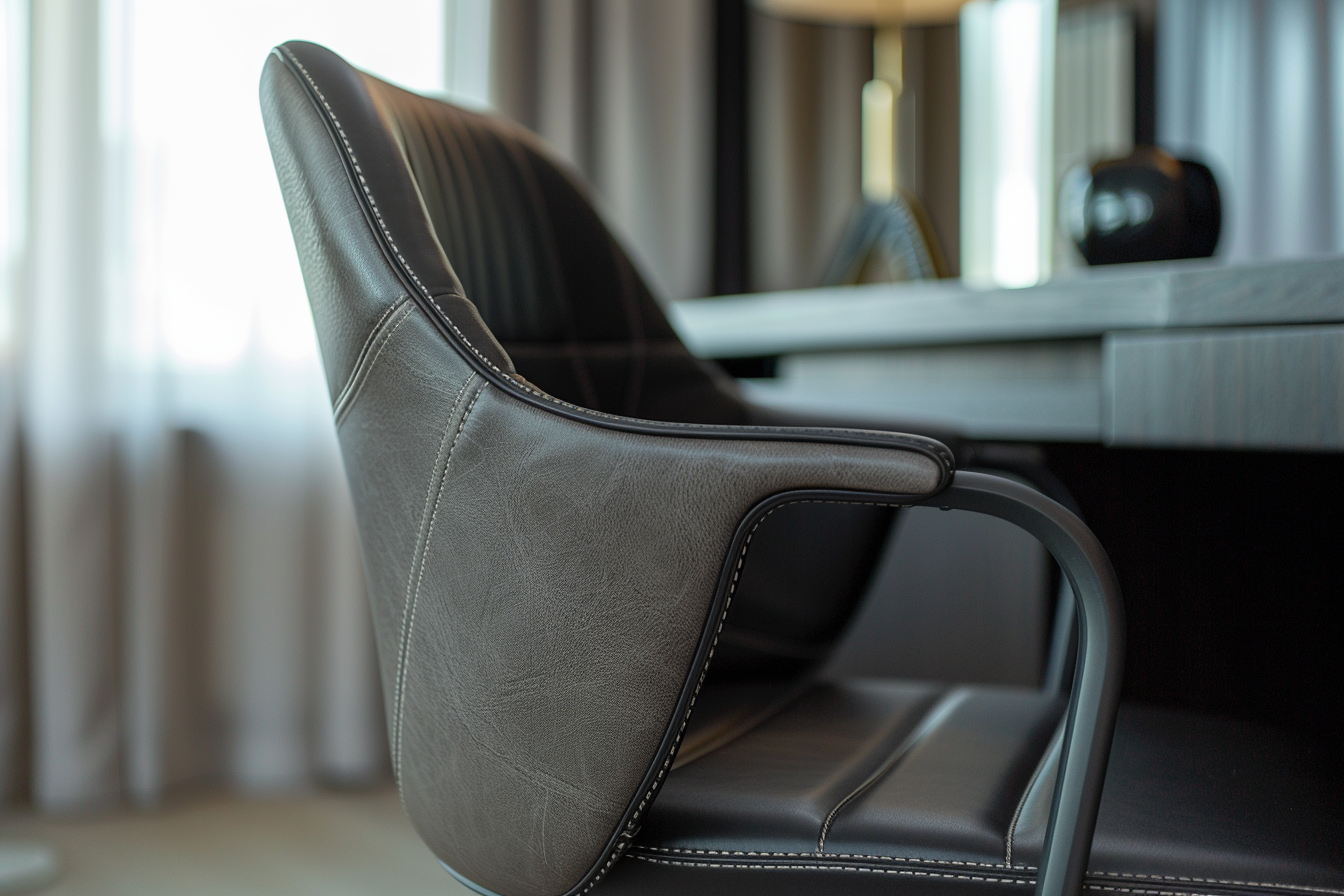
Create Clean Air Environments
Indoor air quality is crucial for good health. Integrate plants that purify the air, such as spider plants, snake plants, and peace lilies, which can remove pollutants like formaldehyde and benzene from the air. Consider using air purifiers, especially in bedrooms and other high-traffic living spaces, to reduce dust, allergens, and other airborne particles.
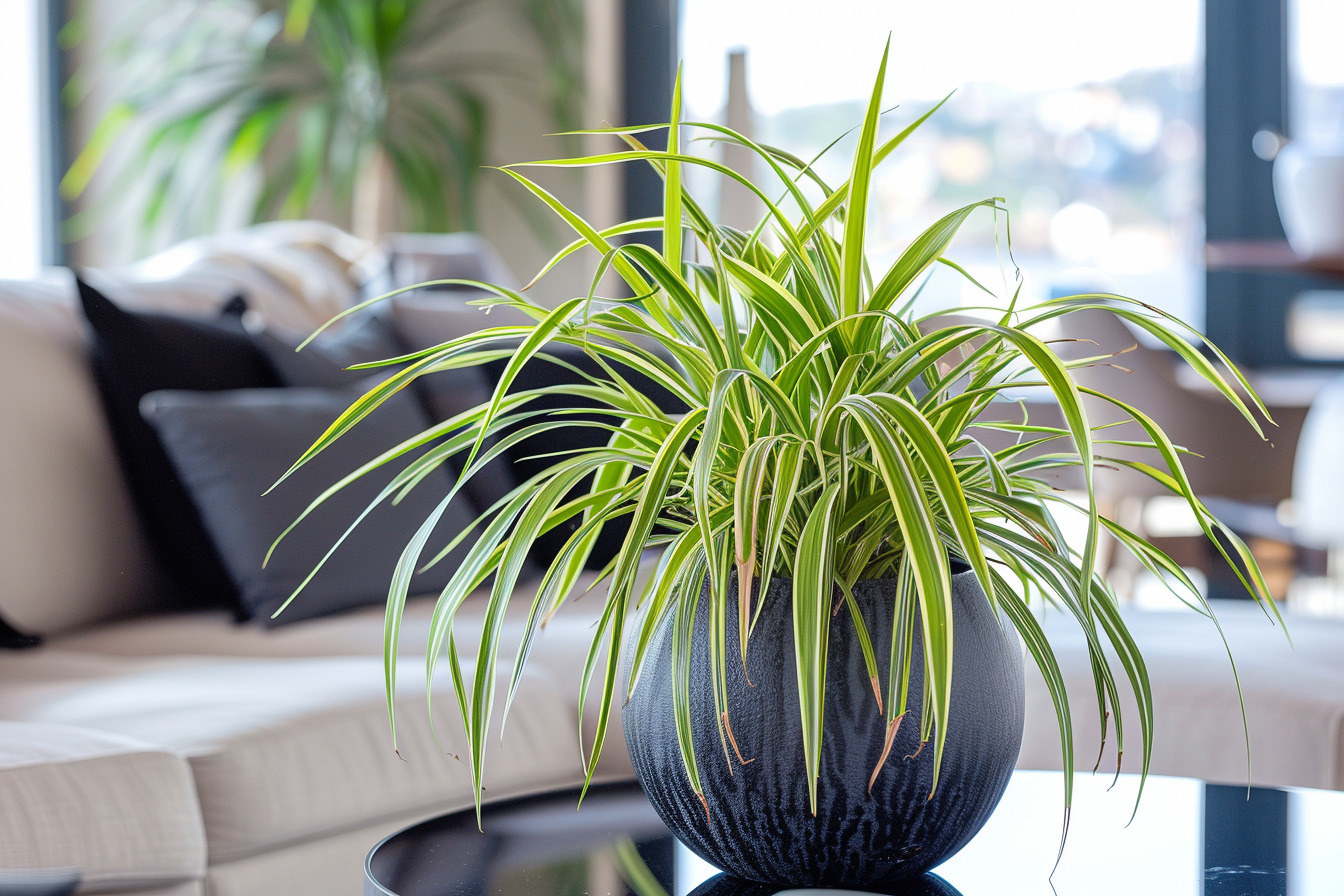
Design Quiet Spaces
Creating a dedicated space for relaxation or meditation can significantly enhance mental well-being. Designate a quiet corner or an entire room if space allows, where you can retreat to meditate, read, or simply rest. Equip this space with comfortable seating, soft lighting, and perhaps elements of nature like a small indoor water fountain or a zen garden to promote relaxation.
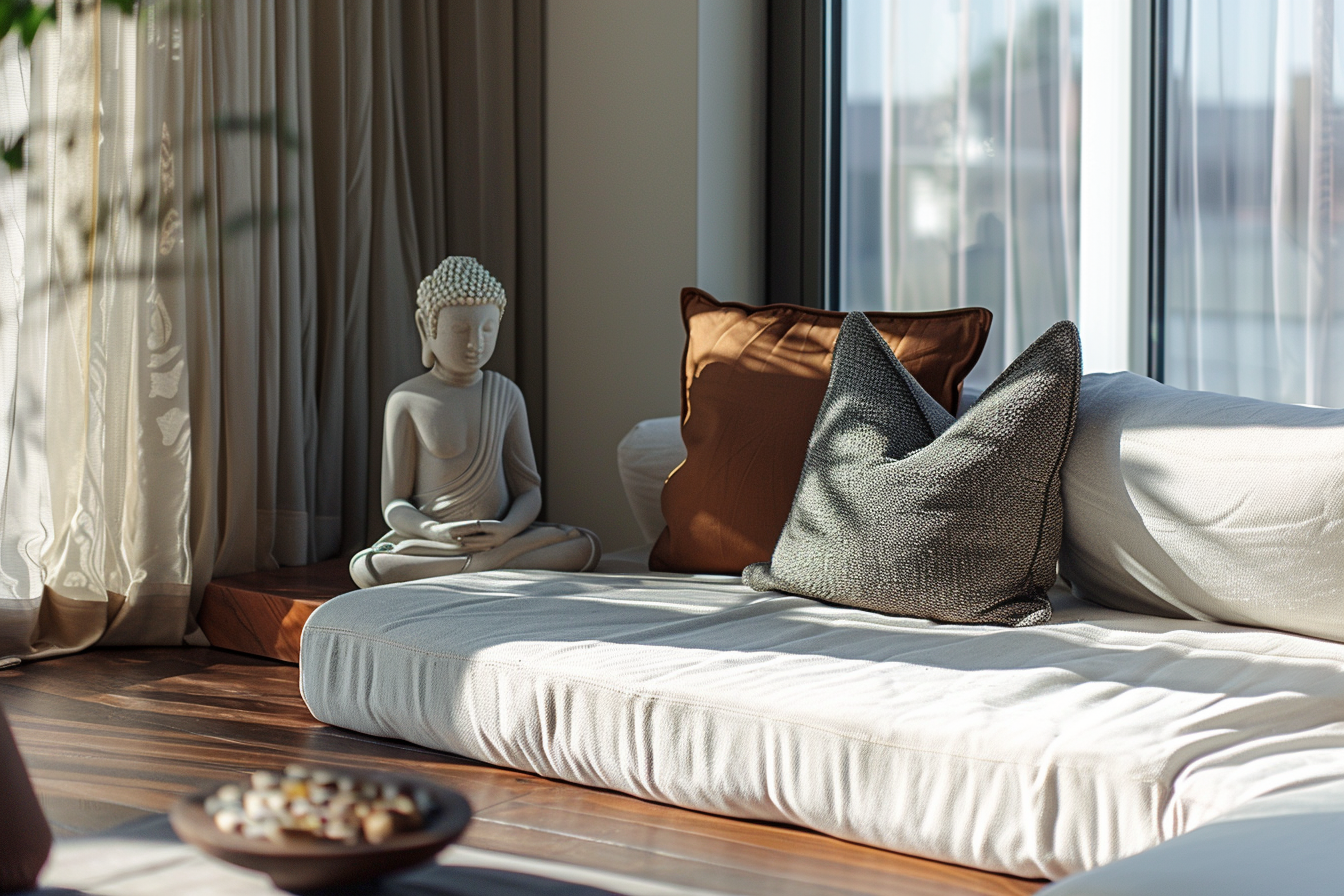
Utilize Calming Colors
The colors in our environment can deeply impact our emotions and mood. Choose calming colors like soft blues, greens, and earth tones to create a serene and grounding environment. These colors are particularly effective in bedrooms and bathrooms where relaxation is key.
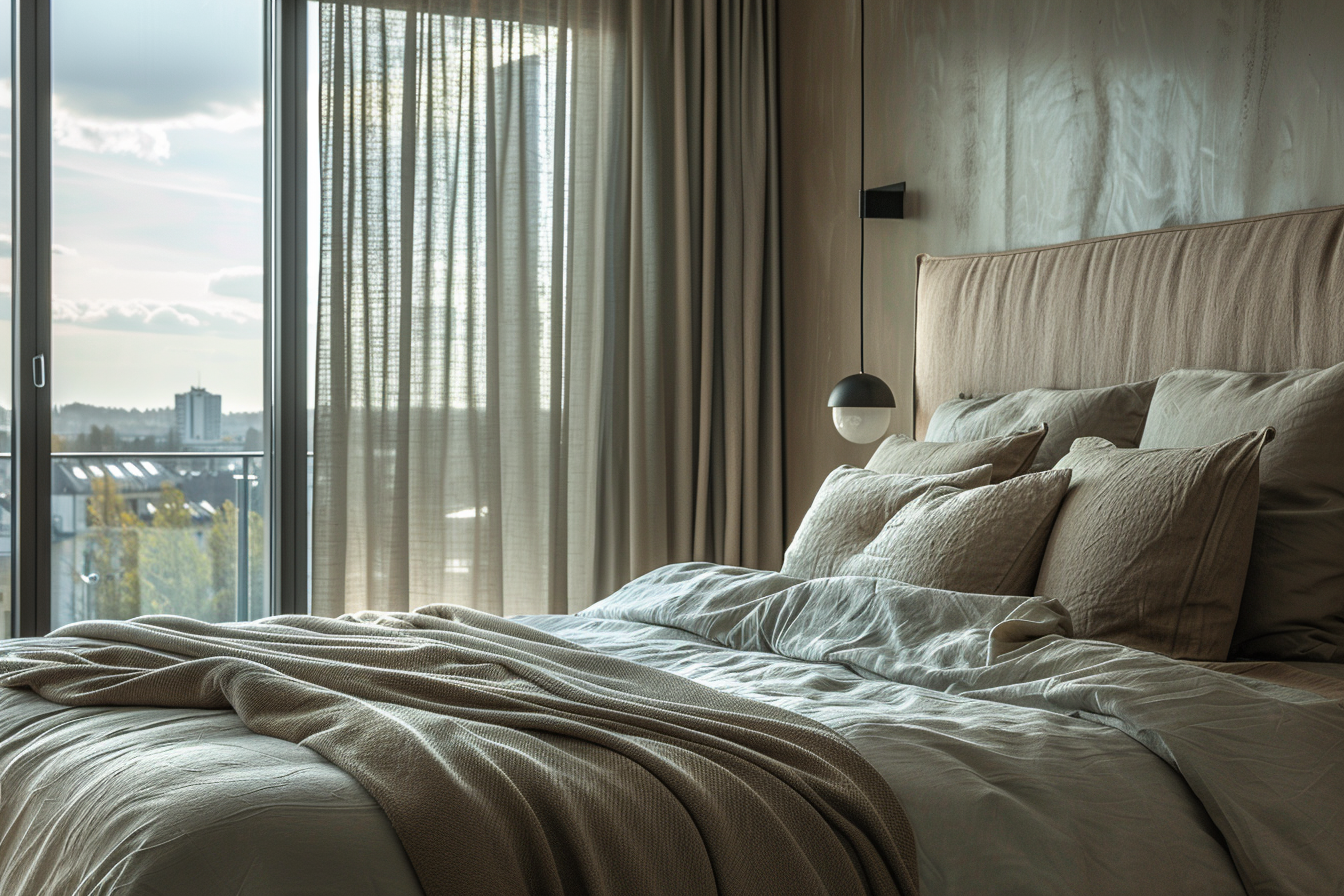
Integrate Fitness and Movement
Promote physical activity by incorporating a designated area for exercise within your home. This could be a home gym, a yoga space, or even just an open area with a few essential pieces of equipment like a yoga mat, dumbbells, and resistance bands. Making it easy and convenient to exercise can significantly impact your physical health and energy levels.
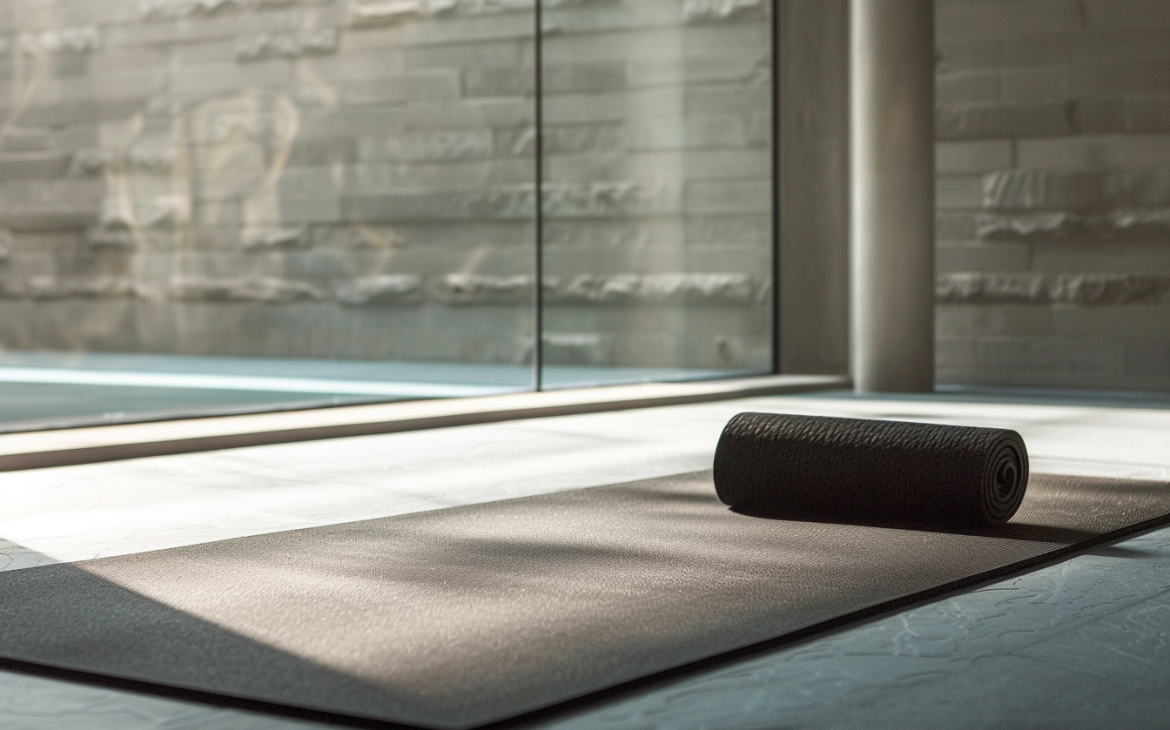
Soundproofing for Peace
Soundproofing can dramatically increase the comfort of your environment, particularly in busy urban areas. Consider adding soundproofing panels, investing in double-pane windows, or using heavy curtains to minimize external noise. This can help create a quieter, more peaceful environment conducive to relaxation and concentration.
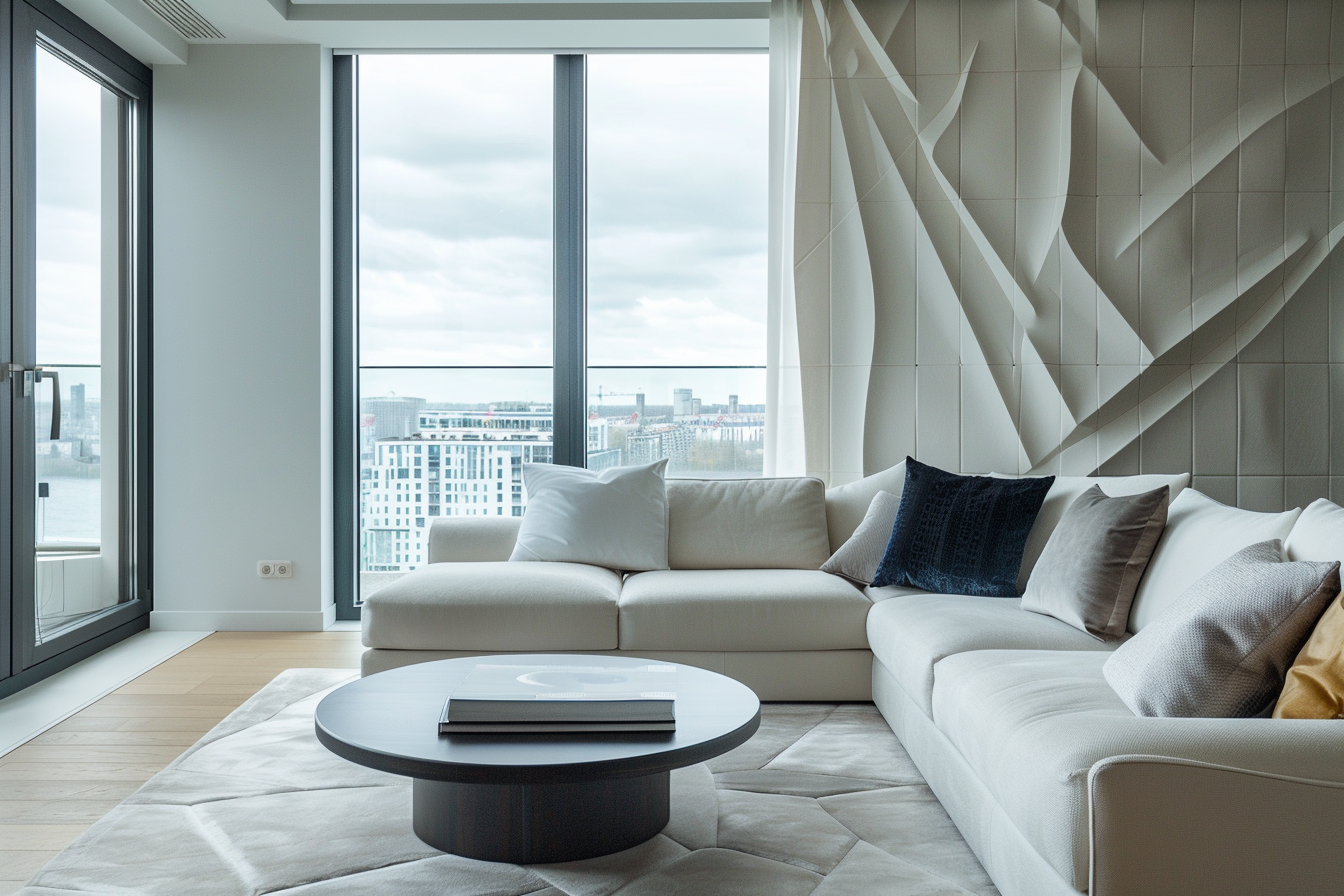
Designing for wellness involves thoughtful consideration of the environment you create in your home. By choosing the right materials, optimizing your space for natural light, incorporating ergonomic designs, and paying attention to air quality and color, you can create a home that not only looks beautiful but also enhances your overall health and well-being.
To deepen your understanding of crafting unique and personalized spaces, consider acquiring my book, Basics of interior design, available on Amazon. This guide offers a comprehensive exploration of various design principles tailored to distinct environments, providing you with the knowledge and inspiration needed to transform any space.
